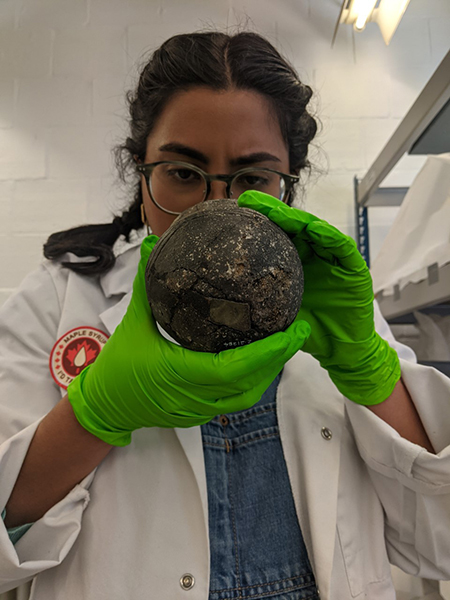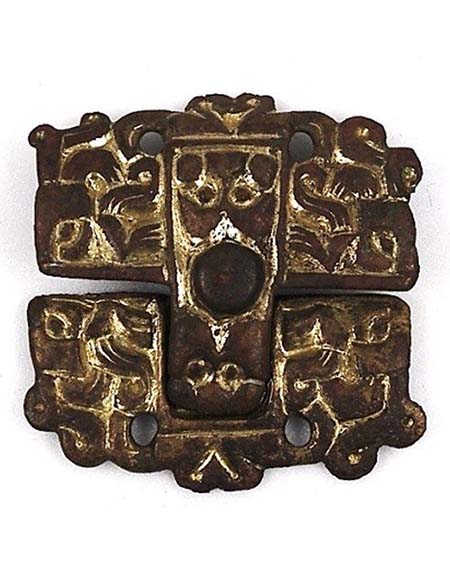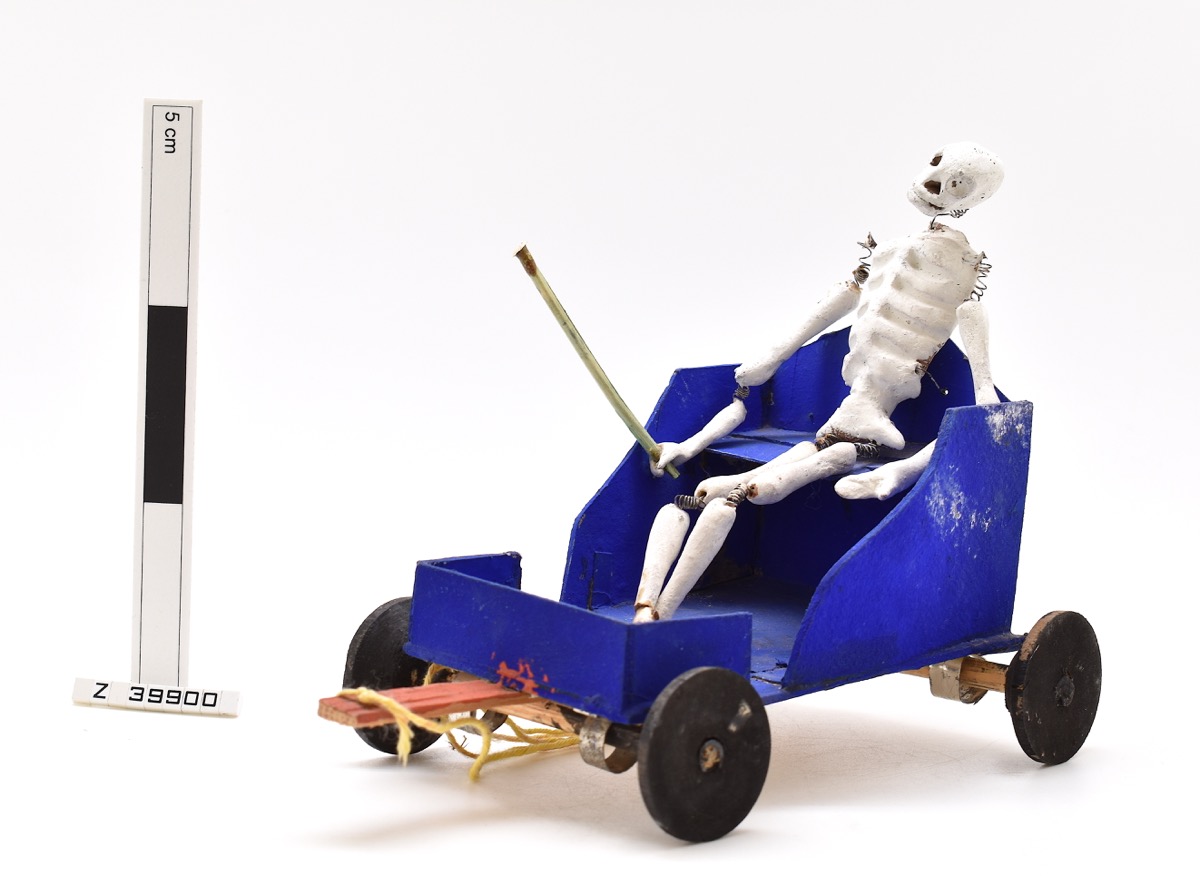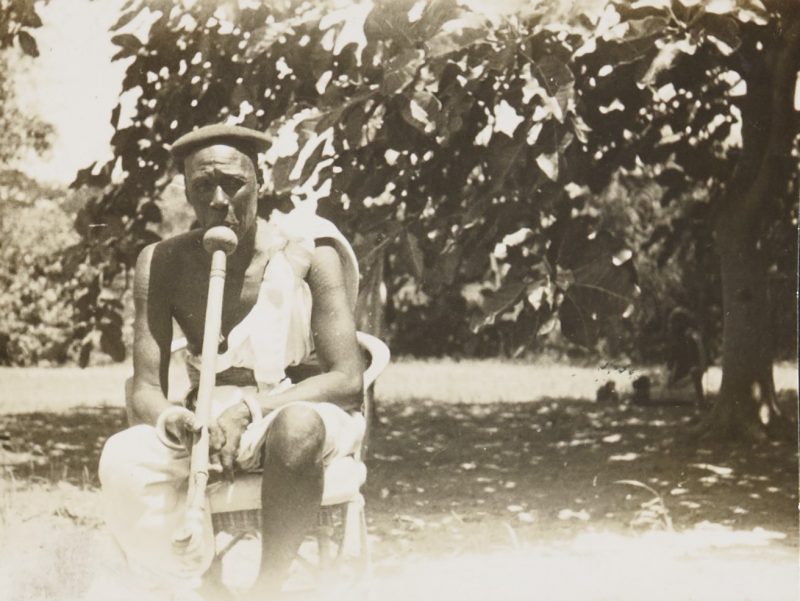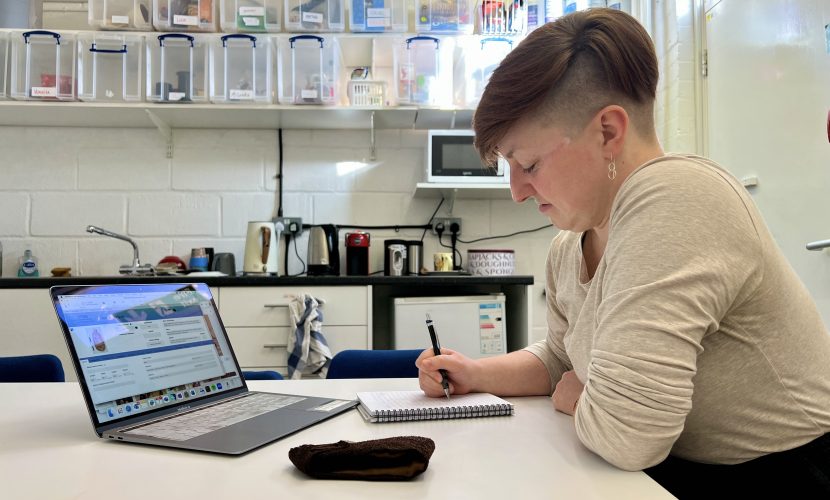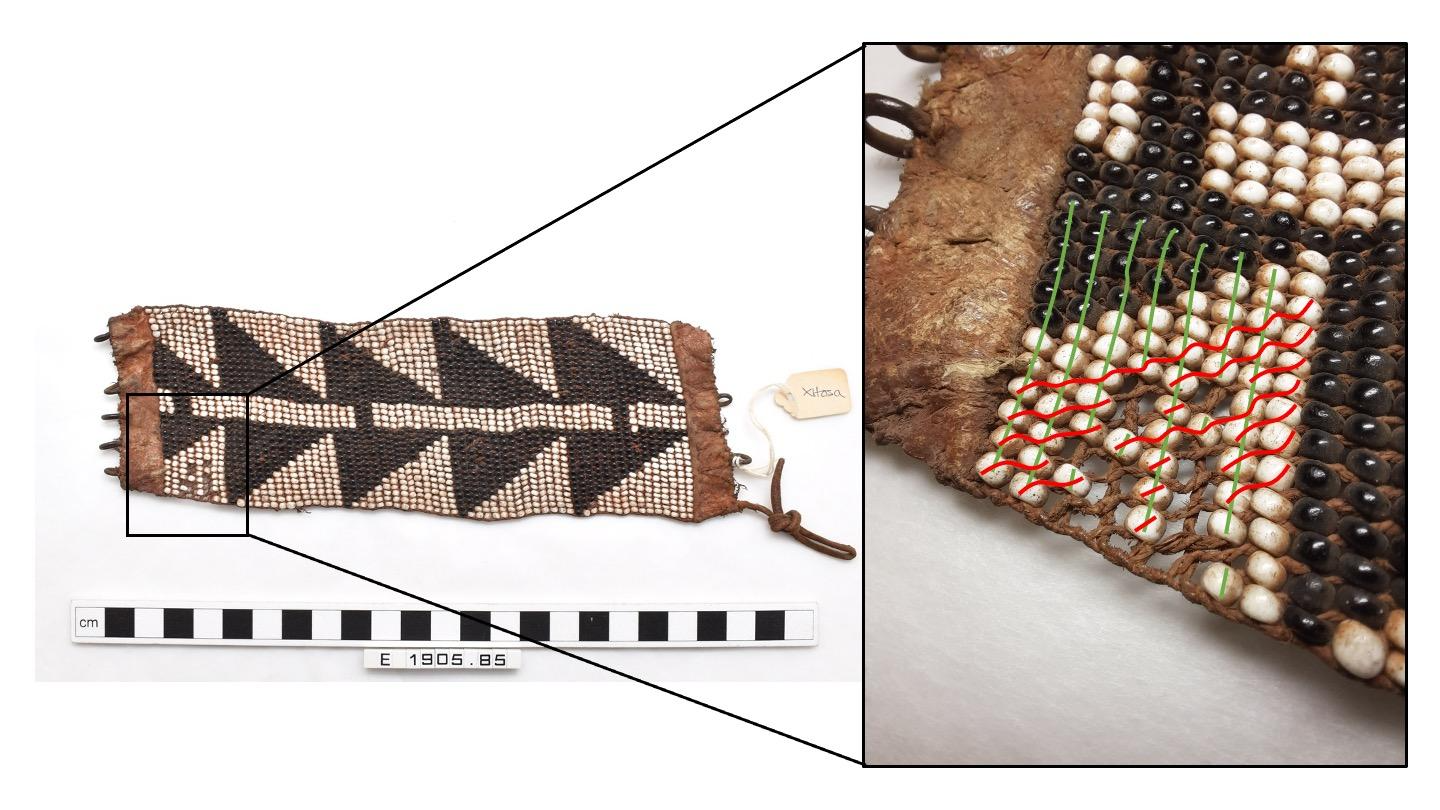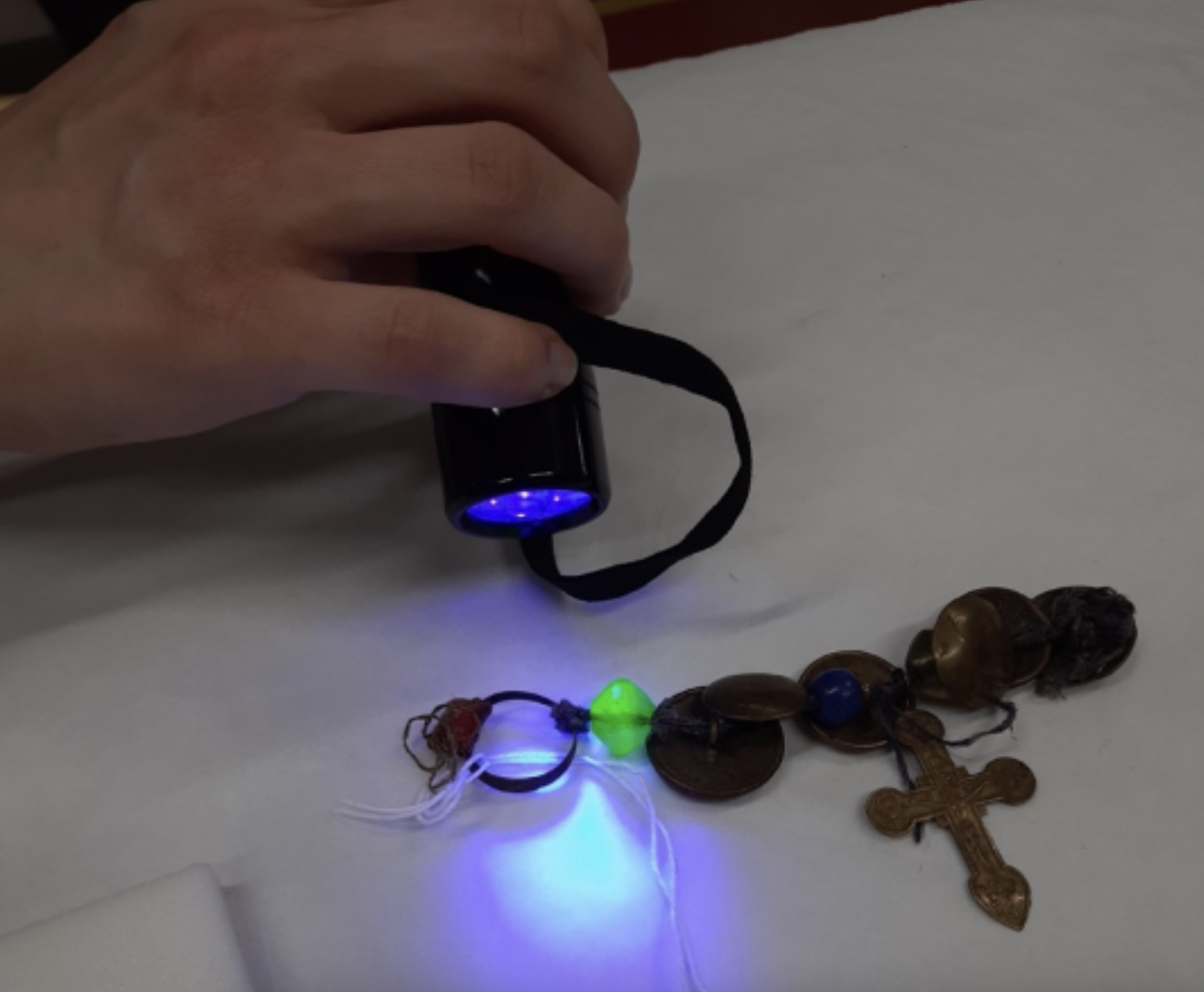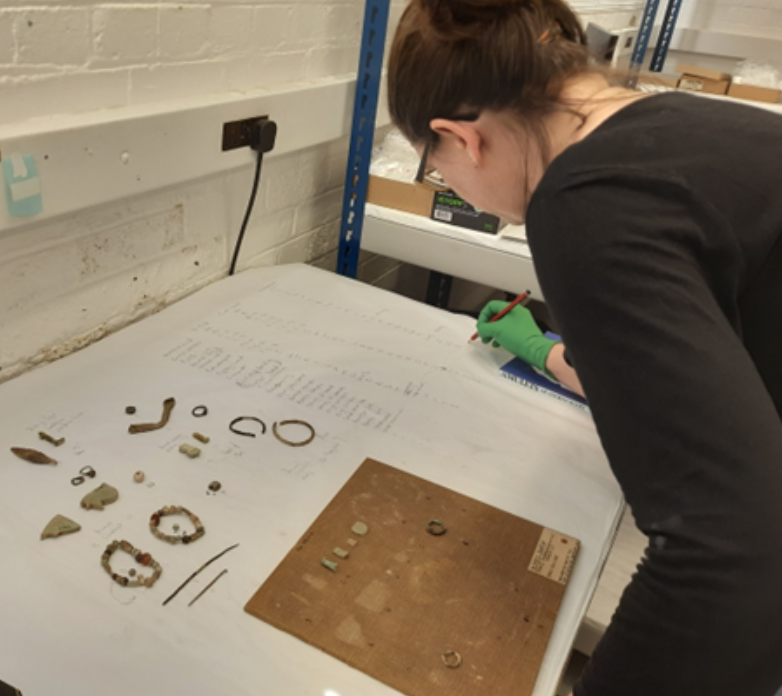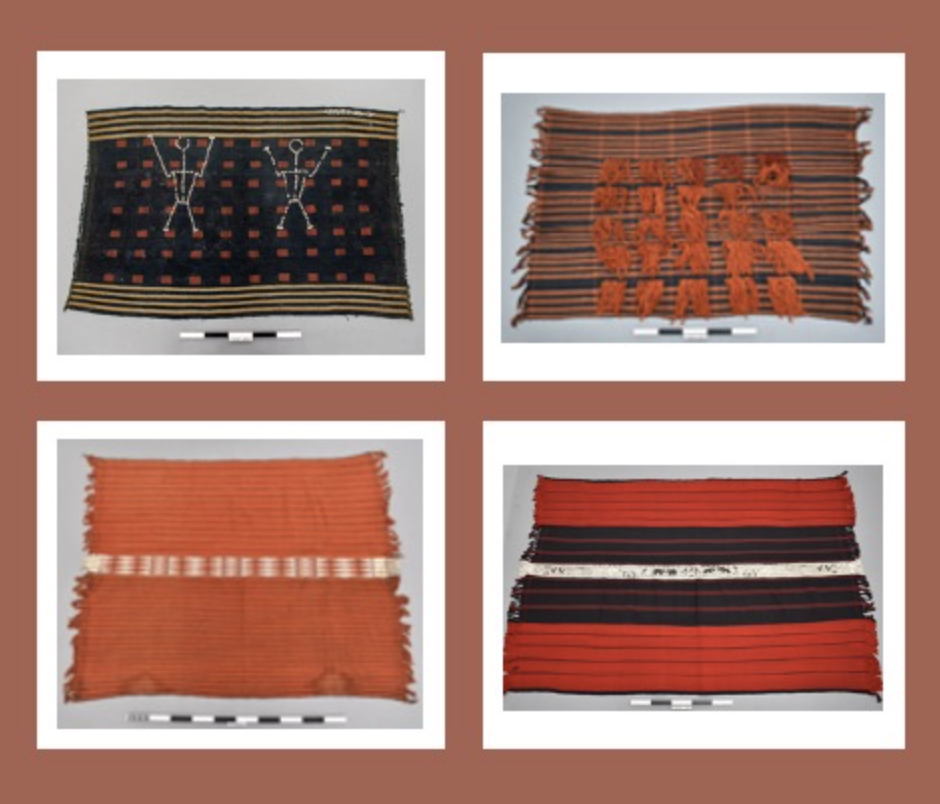A new collections study centre for MAA
We are hugely excited to be working on the most ambitious collections project undertaken by MAA for generations: the rehousing of our off-site collections to a refurbished historic Cold War bunker in south Cambridge, where they will be more accessible than ever before.
Over 2020-2024, a Stores Move team of up to ten people will inventory, hazard check, and make digital images of the approximately 250,000 archaeological and ethnographic objects; pack them for removal and storage; and ensure their safe transport and rehousing in the Centre for Material Culture. We will ensure that the collections are both appropriately stored and made physically and intellectually accessible, in person and digitally through MAA’s online catalogue. The CMC's new, purpose-built object lab will welcome researchers, students, community groups and other stakeholders from Cambridge and around the world.
The University of Cambridge has supported a full refit of the bunker, which was constructed in the 1960s and was intended to serve as the regional seat of government for the Eastern region (RSG-4) after a nuclear attack. It never served its original purpose, fortunately, and has lain unused for many years. Work on the Grade I listed Brutalist concrete heritage building was completed in September 2020.
The new Centre will house collections that represent the cultural heritage, history and creative spirit of peoples in Africa, the Americas, Asia, Europe, Oceania and the United Kingdom, including the Cambridge region. They have tremendous cultural significance to communities locally and around the world, and MAA is committed to addressing and exploring their histories and making them available to the widest possible audiences. The Stores Move team’s work to document and digitize the collections in advance of the move reflects MAA’s commitment to increase and diversify access to collections and to decolonise knowledge and collections care throughout the institution.
Follow our progress over on social media with #MAAStoresMove!
Meet the team!
Explore blog posts from the Stores Move team.
|
Transforming Collections and Ourselves: introducing the MAA Stores Move 15 months after an incredible team of Collections Assistants started, then stopped, then started again, here is a very belated introduction to the MAA Stores Move: a reflection on what we’ve done so far and a look forward to the transformative work we’ll be undertaking in the years ahead. |
|
|
Masks and Monsters: Decoding Anglo-Saxon Metalwork Do you ever feel like you're being watched? Lily Stancliffe looks at the hidden figures within Anglo-Saxon metalwork, objects which play with perception, weaving people and animals together to create a rich and complex ornament full of mystery and tricks of the light.
|
|
|
(Please don't) Shake, rattle and roll We've been busy packing all kinds of fascinating objects, including some rather animated Mexican artefacts from the 19th and 20th centuries. Katrina Dring looks at some of the packing techniques for these unusually challenging objects. |
|
|
How do you research a colonial era collection? Visiting researcher Zoe Cormack talks about her research on the colonial histories of collections at Cambridge, the previous owners of African objects now stored at MAA, and the new questions and connections this research is bringing to light. |
|
A Creative Practitioner’s Insight into Sámi Coffee and Salt Bags Collections Assistant Katrina Dring discusses the processes entailed in the production and preservation of bags made using reindeer, sheep, and fish skin, in the collections at MAA. |
|
|
Broken objects whisper their secrets. Are you listening? A damaged object can provide an exciting opportunity to learn how it was constructed. Collections Assistant Katrina Dring explores what beadwork can reveal in our latest Digital Lab blog post. |
|
|
From Russia with Radioactivity: Misidentified Objects and Hazards Detective work by Collections Assistant Katrina Dring uncovers a surprising secret amongst our collections. Read more in a new Digital Lab blog post.
|
|
|
100-year-old Displays and Dilemmas: The Archaeology of the Museum Stores Move Collections Assistant Katrina Dring reveals the challenges which occur when faced with an historic display board. Read her Digital Lab blog post to discover more. |
|
|
Make Do and Mend, Museum Edition Stores Move Collections Assistant Katrina Dring reveals how a repaired Naga body cloth from India can provide inspiration for mending your own socks in her blog post for the University of Cambridge Museums. |


